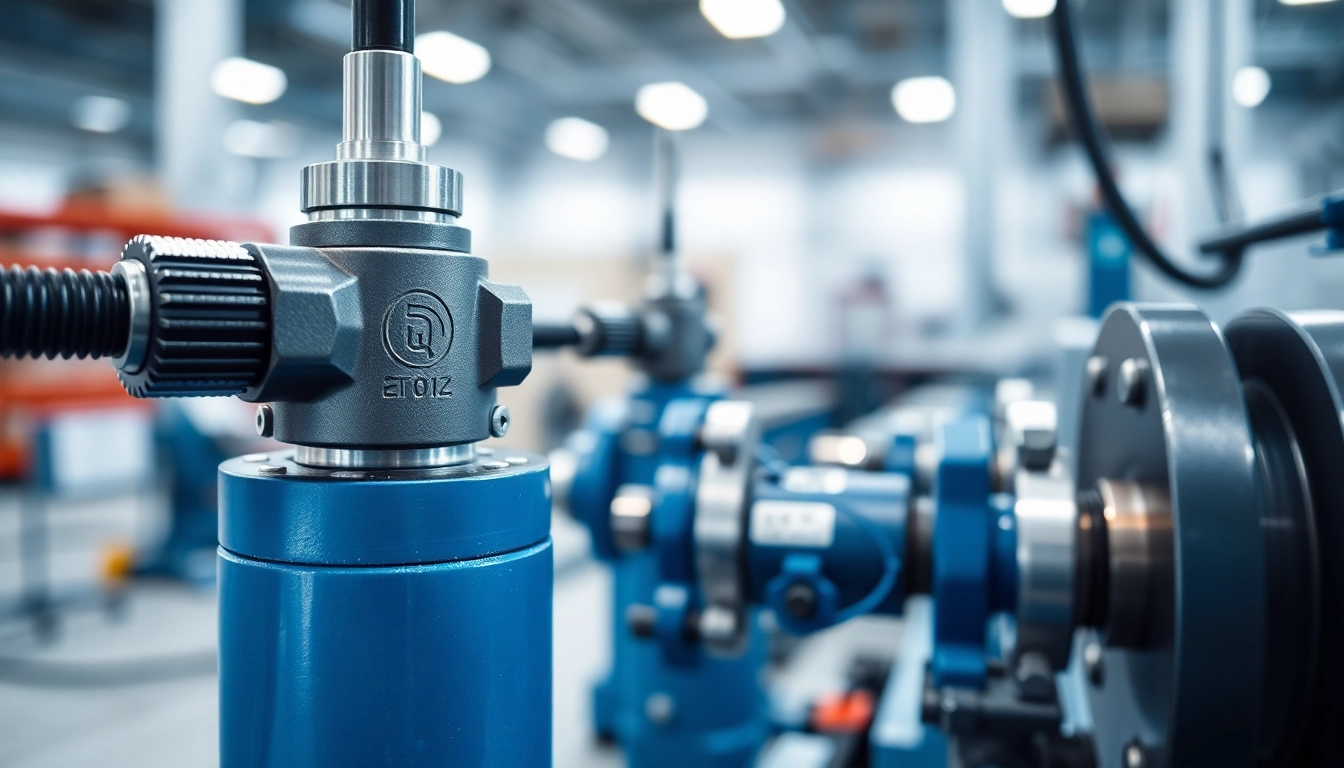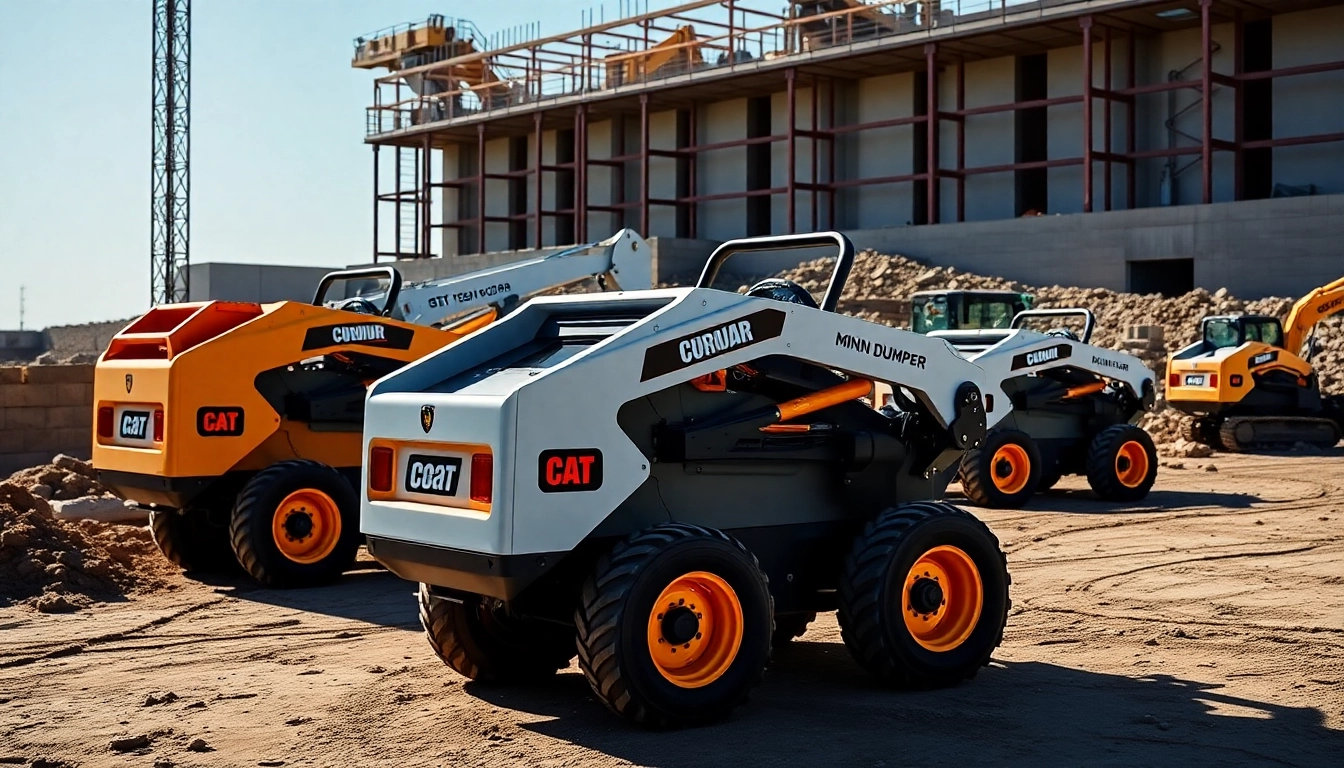Understanding Scissor Lift Rental: Types and Benefits
In the modern construction, maintenance, and industrial sectors, working at height safely and efficiently remains a critical challenge. Scissor lifts have become an indispensable tool for elevating personnel and materials to various heights while maintaining stability and safety. For many projects, especially those with fluctuating needs, opting for a scissor lift rental offers flexibility, cost-effectiveness, and operational simplicity. This comprehensive guide explores the different models available, their advantages over purchasing, and how to maximize the value of your rental investment.
Understanding Scissor Lift Rental: Types and Benefits
Different Models Available for Various Job Sites
Scissor lifts are engineered in diverse configurations to cater to a wide range of job site requirements, from confined indoor spaces to rugged outdoor terrains. Typically, rental providers offer electric, diesel, and hybrid models, each suited for specific applications:
- Electric Scissor Lifts: Ideal for indoor use, electric models operate quietly, produce zero emissions, and often feature compact designs for tight spaces. They are perfect for maintenance, warehousing, and indoor construction projects. For example, a popular choice is the 10m electric scissor lift, offering excellent maneuverability in indoor environments.
- Diesel Scissor Lifts: Designed for outdoor projects, these are rugged, powerful, and capable of handling uneven terrains. They provide higher load capacities and longer operational hours, making them suitable for large-scale construction sites, industrial facilities, or outdoor maintenance tasks. For instance, the 9.92m diesel scissor lift demonstrates robust outdoor performance.
- Hybrid and Specialty Models: Combining electric and diesel capabilities, these models offer versatility for mixed indoor-outdoor projects. Narrow or compact models, such as those available for tight spaces or specialized access, expand operational possibilities.
Sourcing the right model involves assessing your specific height, terrain, and accessibility needs. Understanding these options can significantly improve project efficiency and safety outcomes.
Advantages of Renting Over Buying Equipment
While owning equipment might seem appealing, rental offers significant strategic advantages:
- Cost Efficiency: Purchasing a scissor lift entails high upfront costs, maintenance expenses, storage, and depreciation. Rental alleviates these financial burdens, providing access to the latest models without long-term commitments.
- Flexibility and Scalability: Rental options allow projects to scale equipment usage based on fluctuating needs. For example, during peak construction phases, additional lifts can be rented quickly, then returned once the task is completed.
- Access to Modern Technology: Rental companies regularly update their fleets with the newest, most efficient models, ensuring safety and productivity without additional capital expenditure.
- Maintenance and Support: Equipment rented is typically maintained by the provider, ensuring optimal condition and reducing downtime risk.
- Reduced Administrative Burden: Rental agreements often include comprehensive support, insurance, and logistics management, easing project planning and execution.
These benefits underscore why many contractors and organizations opt for rental over ownership, especially for short-term or highly variable projects.
Cost-Effective Solutions for Short-Term and Long-Term Projects
Rental pricing structures vary according to project duration, model complexity, and geographic location. Daily rates, weekly, or monthly rentals are common, with discounts often available for extended leases. For instance:
- Short-term projects: Daily or weekly hires can cost as little as £100-£300 per day, depending on model specifications and capacity.
- Long-term projects: Monthly or quarterly agreements may reduce per-day costs significantly, making long-term investments more manageable.
Additionally, many providers offer flexible rental packages tailored to specific project timelines, improving cost predictability and cash flow management. For example, a company needing a reliable electric scissor lift for a month might secure a competitive package that combines delivery, operation support, and maintenance.
In essence, the rental model adapts seamlessly to project demands, providing economic benefits and operational agility.
Key Factors to Consider When Renting a Scissor Lift
Indoor vs. Outdoor Access Needs
One of the first considerations when selecting a scissor lift is whether it will be used predominantly indoors or outdoors. Indoor environments often demand electric lifts with slim profiles for navigation through tight spaces. In contrast, outdoor projects typically require diesel-powered lifts with higher ground clearance and rugged tires to handle uneven, rough terrains. Evaluating your working environment ensures optimal safety, efficiency, and equipment longevity.
Working Height and Platform Capacity Requirements
The primary technical specifications to assess are the maximum working height and platform load capacity. For instance, a standard electric lift might provide a platform height of 6-12 meters, suitable for ceiling work or electrical installations. Heavy-duty outdoor lifts can reach up to 33 meters, supporting larger crew and equipment loads. Determining precise height and capacity needs prevents over or under-specification, both of which can cause safety issues or inefficiencies.
Understanding industry benchmarks, such as average platform capacities (often between 230 kg to 454 kg), helps in selecting the right equipment for your task. For complex projects involving multiple personnel or heavy tools, choosing a lift with higher load capacity is essential.
Terrain Type and Mobility Options
For outdoor projects on uneven or rough terrain, diesel or hybrid lifts equipped with all-terrain tires and four-wheel drive (4WD) capabilities are recommended. Indoor projects or flat-site maintenance can utilize electric models with smooth rolling wheels. Additionally, consider the lift’s mobility features such as rotating wheels, turntable capabilities, and ease of transport between sites. These factors influence setup times, operational efficiency, and safety standards.
Best Practices for Safe and Efficient Operation
Operator Training and Certification
Proper training is vital for safe operation of scissor lifts. Operators should hold recognized certification, such as that issued by UK health and safety authorities, covering safe driving, hazard awareness, and emergency procedures. Skilled operators not only reduce accident risks but also enhance productivity by optimizing lift usage. Many rental providers include basic operator training or recommend accredited programs to ensure competence.
Regular Maintenance and Safety Checks
Routine inspections before each use are essential. Checks should include verifying hydraulic and electrical systems, inspecting guardrails, testing controls, and confirming tire integrity. Maintenance schedules provided by the rental company should be adhered to strictly, minimizing breakdowns and prolonging equipment lifespan. Incorporating digital maintenance tracking can streamline accountability and reporting.
Compliance with UK Safety Regulations
The UK Workplace (Health, Safety and Welfare) Regulations and specific standards by the HSE (Health and Safety Executive) govern height access equipment use. Ensuring equipment is compliant includes periodic inspections, safety device functionality, and adherence to load limits. Maintaining detailed records supports legal compliance and can prevent costly penalties or project delays.
How to Choose the Right Rental Provider
Evaluating Equipment Quality and Availability
Reliability begins with sourcing from reputable suppliers who maintain high standards for their fleet. Confirm that the provider regularly inspects, services, and updates their equipment to meet safety and operational standards. Additionally, check the availability of different models matching your specifications to prevent delays.
Reading customer reviews or requesting testimonials can offer insights into the provider’s reputation. Also, verify their ability to supply equipment promptly, especially during peak seasons.
Support Services and Delivery Options
Efficient logistics are crucial. Select providers offering flexible delivery, collection, and on-site support. Companies that provide training, technical assistance, and responsive customer service can significantly streamline project execution.
For example, a provider with nationwide coverage ensures equipment arrives on site exactly when needed, minimizing downtime and boosting productivity.
Pricing and Flexibility of Rental Terms
Compare rental rates across suppliers, considering hidden costs such as delivery, insurance, and maintenance. Seek transparent pricing and flexible terms, including short-notice extensions or early returns. Negotiating bundled packages can also yield savings for long-term projects.
Maximizing ROI from Your Scissor Lift Rental
Planning Project Timelines for Optimal Usage
Effective scheduling ensures the lift is used where it offers the highest productivity. Coordinate with project managers to align equipment availability with critical work phases, avoiding idle periods. Pre-planning can prevent unnecessary rental extensions, reducing costs.
Integrating Rental Equipment with Existing Site Operations
Ensure the equipment setup integrates seamlessly with current workflows. Assign trained operators, designate safety zones, and plan logistics. Proper coordination minimizes disruptions and safety hazards.
Tracking Maintenance and Performance Metrics
Implement digital or manual tracking systems to monitor usage, maintenance schedules, and operational performance. Analyzing these metrics can identify opportunities to optimize equipment deployment, reduce downtime, and enhance safety compliance.


